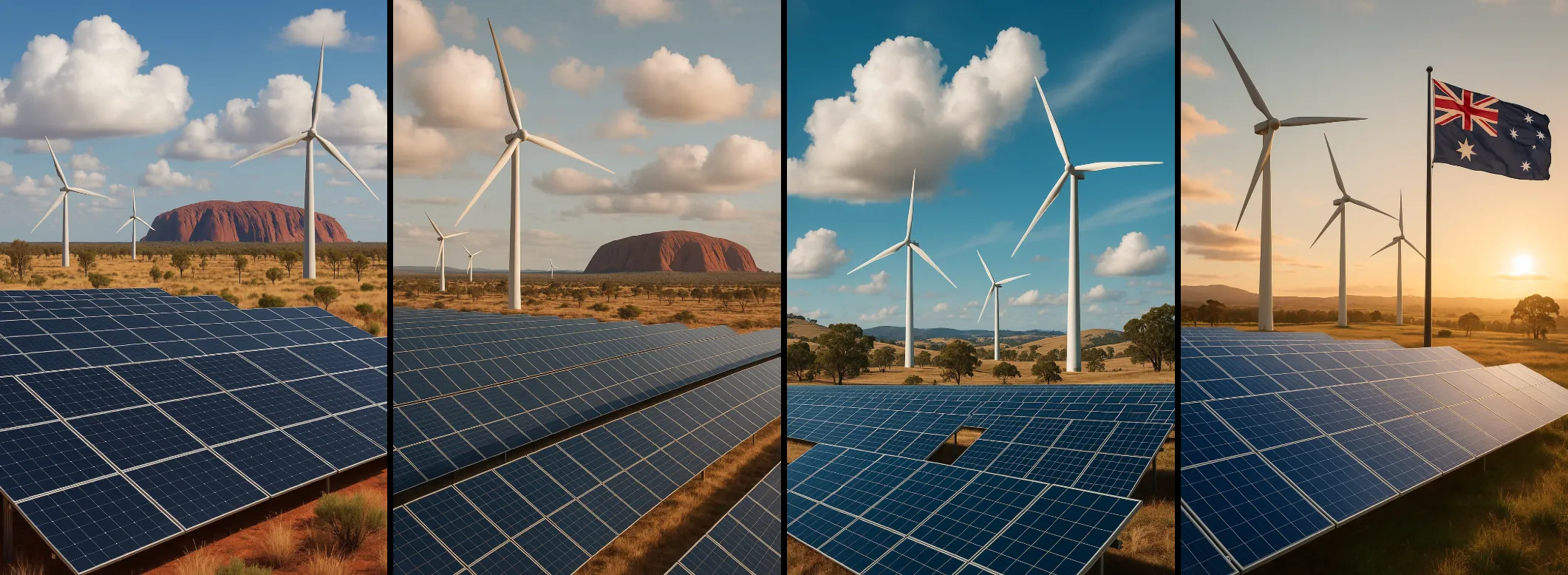The latest election didn’t just secure another term for the Labor government—it delivered a thumping vote of confidence in Australia’s renewable energy future. In the words of Climate Change and Energy Minister Chris Bowen, Australians have said loud and clear: “Keep going.”
With such a decisive result, the energy debate in Australia has largely settled. The direction is clear—solar and wind, bolstered by battery storage, are the future. Coal and gas? They're on their way out. And nuclear? Not on the cards.
A Renewables Boom with Momentum
Labor’s victory means we’re doubling down on a rapid energy transition. The Albanese government has already set a bold target: by 2030, more than 80% of our national electricity grid should be powered by renewables. With Labor likely still in office by then, the pressure is on to deliver.
Australia isn’t starting from scratch. We already lead the world in per-capita solar uptake, with around 300,000 systems installed each year. One in three homes has rooftop solar. That’s no small feat.
To build on this momentum, Labor is rolling out a home battery discount scheme, aiming for over a million battery systems in Aussie homes by 2030. These batteries won’t just cut power bills—they’ll also help ease the strain on the grid during peak hours.
Attracting Global Investment
The policy certainty that comes with a strong Labor majority should give investors confidence. That matters, because over 70% of Australia’s renewables investment comes from overseas. A stable government backing clean energy means more international dollars flowing in.
Labor’s win also creates a unique chance to lock in a national consensus on climate policy—something that’s been elusive in the past. When governments act and big businesses follow, communities are more likely to get on board.
Still, support isn’t uniform. In regional areas especially, there’s some scepticism about renewable projects. The federal government will need to work closely with local communities, industry, and state governments to ensure consultation is genuine and benefits are shared.
The new Net Zero Economy Authority is set to play a key role here, making sure regional workers aren’t left behind in the transition.
The Coalition’s Climate Conundrum
Meanwhile, the Coalition has some soul-searching to do. They struggled to connect with younger voters and lost ground to climate-focused independents in key seats. Their ongoing flirtation with nuclear power doesn’t quite gel with a grid that’s increasingly running on renewables. If they want to remain electorally competitive, they may need to rethink their energy stance.
Gearing Up for COP31—and the World Stage
Labor’s ambitious renewables push is also central to Australia’s bid to co-host the COP31 UN climate talks with Pacific island nations. The talks would be held in Adelaide if the bid succeeds.
Hosting COP31 would be more than a diplomatic win—it would be a global platform to show off Australia’s clean energy credentials. South Australia, for example, is on track to hit 100% clean electricity by 2027. That’s the kind of success story the world needs to hear.
And it’s not just about bragging rights. A successful summit could draw investment to green industries and help promote exports of everything from critical minerals to green steel. The plan to produce green iron and steel at Whyalla is a standout—if done right, it could supercharge the local economy and cut global emissions.
From Resources Giant to Green Powerhouse
Australia has long been a giant in fossil fuel exports—especially raw iron ore and metallurgical coal for offshore steelmaking. But the future lies in using our renewables at home to refine resources before export. Think green hydrogen-powered steel and iron, made right here.
Estimates peg the potential export value of green iron at a staggering A$295 billion a year—triple our current iron ore revenue. Clean energy exports overall could one day be worth six to eight times more than fossil fuels.
To get there, Labor needs to reassure major partners like Japan that Australia remains a reliable supplier, even as we transition away from coal and gas.
The Clock Is Ticking
With a renewed mandate in hand, Labor has the tools and the trust to reshape our energy future. But the window won’t stay open forever.
As Prime Minister Anthony Albanese said in his victory speech, renewable energy is “an opportunity we must work together to seize for the future of our economy.”
Australia has spoken. Now it’s time to deliver.
Article information source: Australia is set to be a renewables nation. After Labor’s win, there’s no turning back



